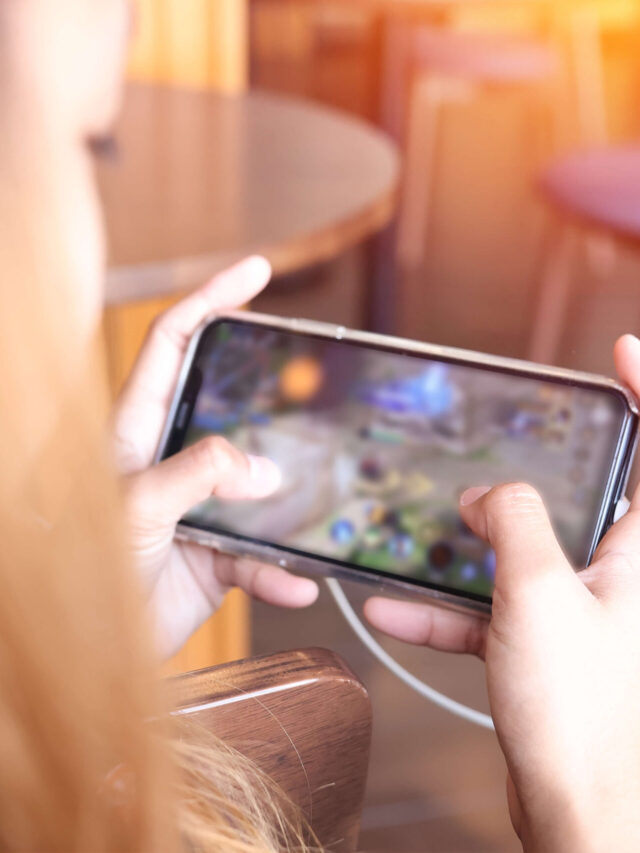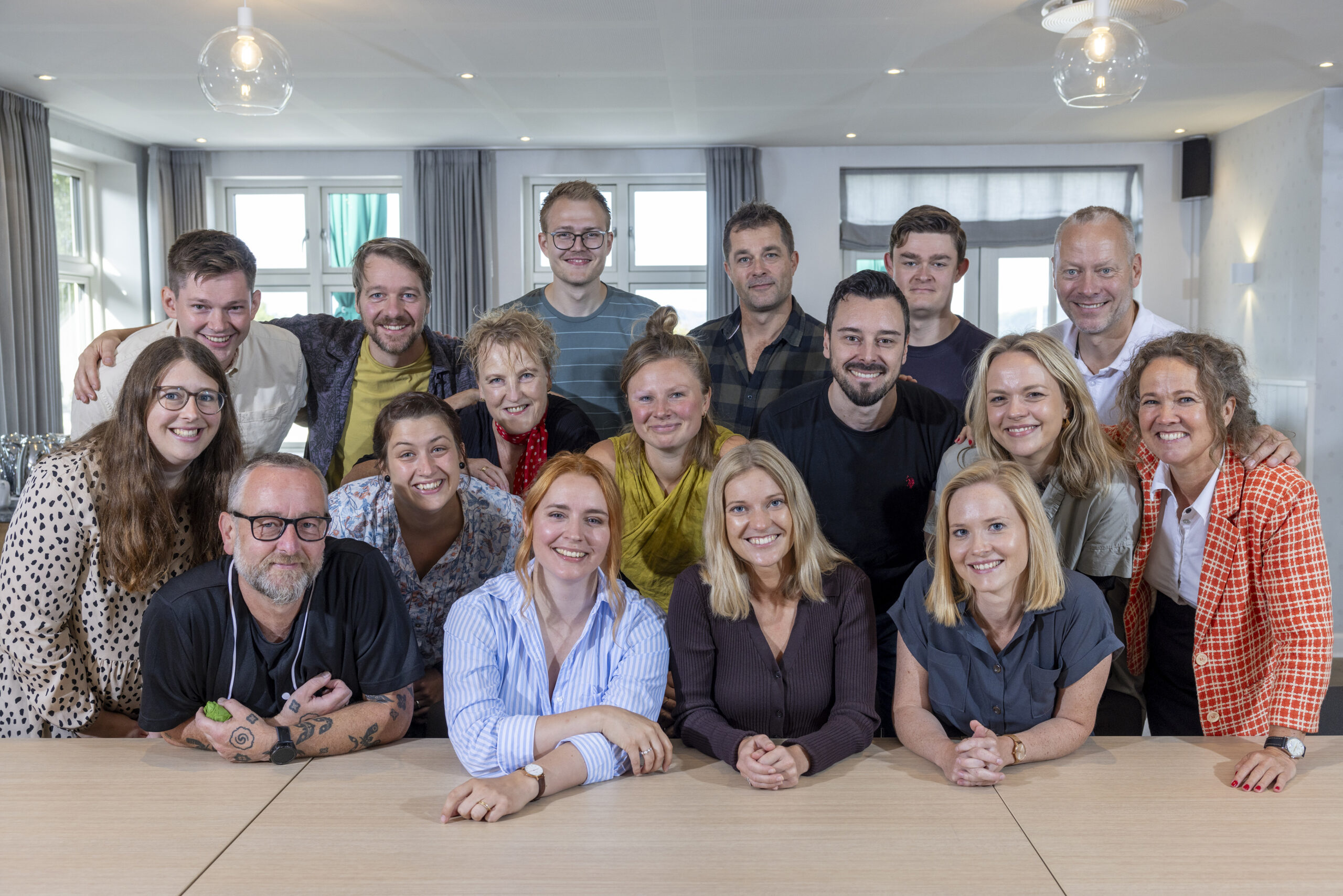Meeting young people at digital eye level on bullying
Signe Sandfeld Hansen, M.Sc. in Psychology and counsellor, CfDP & Karina Lange, Master of Arts (MA) in International Business communication & communicator, CfDP
Why a digital campaign?
The aim of our campaign was to create an open dialogue where young people would have the opportunity to reflect on their emotions, thought-processes and behavior in regards to bullying. This would apply to the one who bullies, the victim, and bystanders (the group). The campaign was based on the principles of ENABLE’s anti-bullying concept, whose purpose is to develop young people’s social and emotional skills, aiming to improve their understanding and their sense of responsibility regarding their on- and offline social interactions. ENABLE wants to fight bullying using a holistic effort concerning young people’s social lives, empathy, and their individual resilience. By making a digital campaign, we have created a dialogue with young people across school and spare time.
“As a victim of bullying, you get a sense that it’s your own fault, or that others won’t believe or understand you if you tell someone, for instance your parents or teachers”
Centre for Digital Youth Care works daily on meeting young people at digital eye level by using digital media. The experience we have from our online counselling, Cyberhus, tells us there is a need to focus on digital efforts because they offer youth an opportunity to enter into dialogue on their own terms.
Anonymous youth during our group chat on bullying
Organisation of the campaign
CfDP’s digital youth counselling, Cyberhus, operated as a bridge between young people, and each Thursday during the month of January, the group chat focused on bullying. The subject matters in the group chat were based on ENABLE modules.Thursday 7 January 2016: What is bullying
- Definition of bullying (and where does it take place?)
- When does it turn into bullying?
- What happens when someone bullies? (the individual, the group, the environment). Which “roles” exist? (victim, bully, bystander). Do I participate in bullying by not doing anything when the bullying takes place?
- What are emotions? How do I describe how I feel? Examples of emotions (good and bad). How do I know if someone has the same experience as I do?
- Which subjects are sensitive? (e.g. race, religion, appearance, disabilities, gender, sexuality)
Thursday 14 January 2016: What is digital bullying – guest counsellor: Jonas Ravn, CfDP
- “Faceless” – How does this affect someone’s communication? (difficult to read emotions
- Misunderstandings (intention vs. reception)
- Digital self-harm
- Have you ever experienced digital bullying? What did you do?
- How do I avoid digital bullying?
Thursday 21 January: Violent bullying
- Teasing, bullying, violence – what define the boundaries between those aspects?
- Physical and psychological violence
- Why is it difficult to act up?
Thursday 28 January: How can we stop bullying?
- Peer-to-Peer Support (youth to youth network)
- How do I take on accountability as a child or a teenager?
- Is it easy to change behavior? (why is it difficult?)
- How do I manage my emotions? Strategies on managing negative emotions
- What can I do in a particular situation? What are the consequences?
“There is a bully-mentality in my group that makes it difficult to cross with others. A kind of implied accept that bullying does happen”
Anonymous youth during our group chat on bullying
The counsellors’ experience with the group chat
Our group chat had on average 20 young people online during each chat session consisting of 3 hours. The chatroom hosted a lot of different perspectives on bullying and our young people shared several personal experiences. The counsellors observed that some people shared experiences they had not yet shared with others. In addition to personal accounts, the chat sessions particularly circled around issues of which emotions were associated with bullying; how can you avoid “hating” on social media; which significance applies to a certain group in relation to maintaining or changing a culture of bullying, and how can words do as much harm as physical blows. Our young people were also proficient in supporting and acknowledging one another, as well as encouraging people to stand up for themselves if they, or someone else, got bullied. They also believed that you must verbalise feelings associated with the consequences of bullying, and the bullying itself, so that we learn more about how we can understand our emotions, and how we respect one another. Also, people agreed there must be a focus on anti-bullying starting during early school years.Group chat as a tool
 We chose our group chat as a pedagogical tool, because this chatroom creates a framework under which youth are able to enter into dialogue with a counsellor or with one another. Young people may exchange experiences or advice, and they can communicate honestly without having to expose themselves, because the group chat allows full anonymity. This makes it possible for us to connect with ‘well-adjusted’ as well as vulnerable young people. Particularly in relation to vulnerable young people, our group chat offers a room in which their experiences, thoughts and emotions are taken seriously by a counsellor and/or other young people. They cannot say anything wrong in our group chat, and this may help them share more than they would have at school or at home. In other words, the group chat offers a space for young people who normally do not have much space to begin with.
When young people are allowed to absorb their space and contribute their own knowledge, it seems that some sort of informal learning between young people is taking place. The informal learning can be viewed from two angles. First and foremost, there seems to be an aspect of social-learning because our young people are doing well at moderating each other and speak out if their boundaries are breached. This way, they communicate what they want and what they do not want in a social context.
Second, apparently there is an aspect of emotional learning due to the fact that our young people are taken seriously. A lot of people we meet on Cyberhus, have almost no experiences of being taken seriously – be it by other young people or adults. So, they experience a growing insecurity regarding their faith in their own emotions and thoughts.
At Cyberhus, they are taken seriously. They are met with care and respect. Therefore, our group chat may help young people trust their own words more and enable them to participate in the debate on bullying in the physical room, e.g. at school or in their youth club.
We chose our group chat as a pedagogical tool, because this chatroom creates a framework under which youth are able to enter into dialogue with a counsellor or with one another. Young people may exchange experiences or advice, and they can communicate honestly without having to expose themselves, because the group chat allows full anonymity. This makes it possible for us to connect with ‘well-adjusted’ as well as vulnerable young people. Particularly in relation to vulnerable young people, our group chat offers a room in which their experiences, thoughts and emotions are taken seriously by a counsellor and/or other young people. They cannot say anything wrong in our group chat, and this may help them share more than they would have at school or at home. In other words, the group chat offers a space for young people who normally do not have much space to begin with.
When young people are allowed to absorb their space and contribute their own knowledge, it seems that some sort of informal learning between young people is taking place. The informal learning can be viewed from two angles. First and foremost, there seems to be an aspect of social-learning because our young people are doing well at moderating each other and speak out if their boundaries are breached. This way, they communicate what they want and what they do not want in a social context.
Second, apparently there is an aspect of emotional learning due to the fact that our young people are taken seriously. A lot of people we meet on Cyberhus, have almost no experiences of being taken seriously – be it by other young people or adults. So, they experience a growing insecurity regarding their faith in their own emotions and thoughts.
At Cyberhus, they are taken seriously. They are met with care and respect. Therefore, our group chat may help young people trust their own words more and enable them to participate in the debate on bullying in the physical room, e.g. at school or in their youth club.



Hvis du vil sætte et par ord på din feedback, vil det hjælpe os rigtig meget til at forbedre vores indhold.